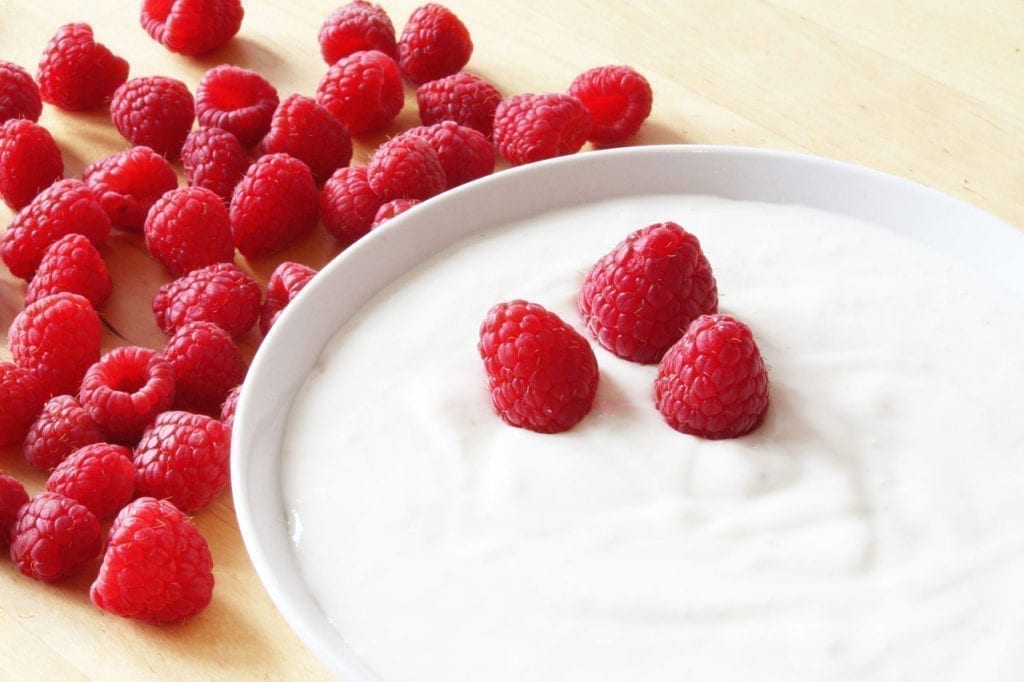Sickle cell anemia results from a single mutation in the hemoglobin gene. The mutation creates a protein which has an atypical structure. This altered structure throws a wrench in the way that red blood cells function. To learn more about sickle cell anemia, click here.
Pauling, a chemical engineer, didn’t start out studying sickle cell anemia, or medicine at all. He began researching what makes small molecules to bond. This led him to wonder about bonds between larger molecules, such as proteins. That research prompted him to investigate how a genetic mutation alters the structure of a protein, and how that affects bonds with other proteins.
Sickle cell anemia serves as a historic landmark in our understanding of genetics. However, even all these years later, most treatments only address symptoms. The focus is on how to avoid pain crises, treat pain crises, and prevent organ damage.
While a very small number of patients have received stem cell transplants that successfully cured them of sickle cell anemia, transplants aren’t a perfect solution. The procedure is risky and complex. Many patients either cannot afford them or don’t have the support system needed for recovery.
This is the point when yogurt scientists come in, with an exciting discovery.
Nutritional microbiologists were studying how the bacteria used in yogurt and cheese can resist viral infections. They made some surprising observations. This laid the groundwork which led a group of microbiologists discovery. They found the incredible gene editing tool called CRISPR.
CRISPR has the ability to repair genetic mutations, including the one responsible for sickle cell anemia. Labs all over the world are researching ways to use CRISPR to cure sickle cell anemia, as well as other genetic conditions.
Scientists hope to remove stem cells from the patient, repair the mutation, and return the the stem cells to the patient’s body. Since the patient would be receiving stem cells from their own body rather than a transplant from somebody else, the cells would fit right in. This would make procedure safer and easier. It would also reduce the need for months of recovery afterwards.
The research looks promising. Many believe it is only a matter of time until the technique is perfected. We could see a day when the observations made by microbiologists working with vats of yogurt build upon the genetic mutation discovered by a chemical engineer to transform the futures of sickle cell anemia patients and gene therapy forever.







